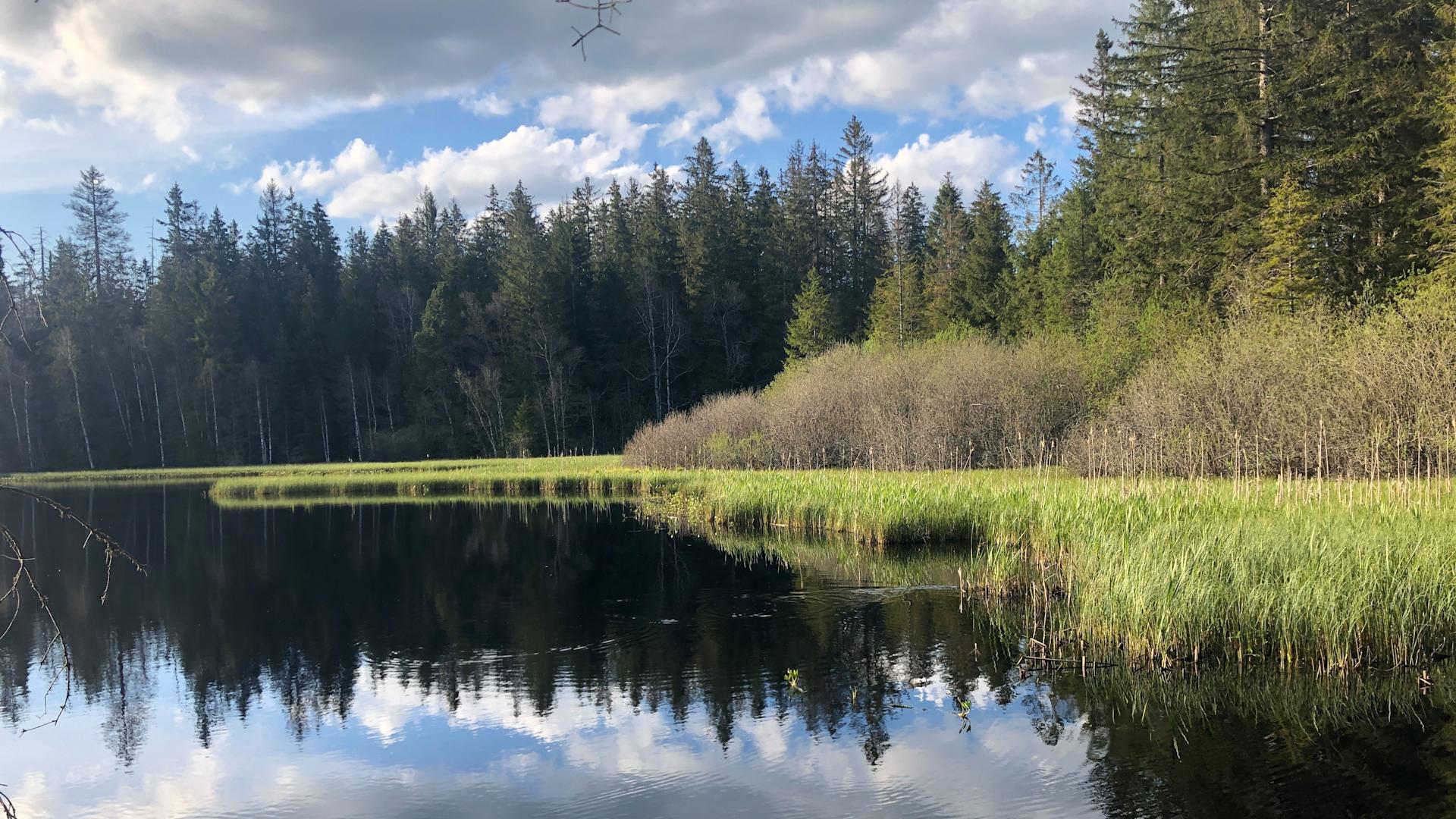
Food waste
Saving food and helping people
A visit to "Tischlein deck dich": members of the FMC Executive Board support the team on site.
navigation

Sustainability
Peatlands are not only popular excursion destinations, they are also ecosystems of vital importance for the climate. Discover what wetlands can do, why they are endangered and how we can protect them.
Peatlands cover only three per cent of the earth’s surface, but store 30 per cent of the carbon. That is more than all the forests in the world put together. There is therefore a clear need to protect these wetlands. It is the peat soils typical of peatlands that bind carbon and thus counteract the greenhouse effect. When peatlands are drained for peat extraction, carbon escapes into the atmosphere in the form of CO2, which has negative consequences for the climate.
Peatlands are formed when the remains of dead plants do not completely decompose under wet and low-oxygen conditions and become peat. It is a slow process: to grow the peat layer by one metre takes a thousand years. Ninety per cent of all peatlands in Switzerland have disappeared. Once they are drained, the damage is permanent. However, the Les Pontins pond in the Bernese Jura is an example of how a doomed moor can be saved with a lot of effort.
Peat was extracted in Switzerland until 1987. Since then, peatlands have been protected by the constitution. But since peat soil is ideal for growing ornamental plants, vegetables and herbs, peat is imported from abroad. To extend the protection to foreign peatlands, the federal government passed a voluntary declaration of intent in 2017 that aims to reduce the amount of peat used in professional and private horticulture. Migros supports these efforts. As early as 2013, the company stopped using peat in all bagged compost, which is marked with the peat-free logo. By 2030, the content of peat in pots of ornamental plants and herbs is to be reduced from the current level of almost 60 per cent to a maximum of 5 per cent. For young vegetable plants, the reduction is technically more challenging. In this case, the amount is to be reduced to 40 per cent by 2028.
Peatlands consist of up to 95 per cent water, which makes them valuable water reservoirs. Given their water retention capacity, Du they act like sponges and thus protect against flooding and catastrophic floods.ring dry periods, they continuously release water. They can also filter pollutants out of the water. When peatlands are drained, they lose these functions.
Peatlands are the perfect place to find biodiversity. Many species thrive and live only here. These include plants such as sundews or cottongrass and insects such as the large white-faced darter or the cranberry blue butterfly. Protecting the moor ecosystem also preserves the habitat for endangered flora and fauna.
Sustainability is part of our culture and we still have plenty more on our agenda. Learn more about it in our Stories!